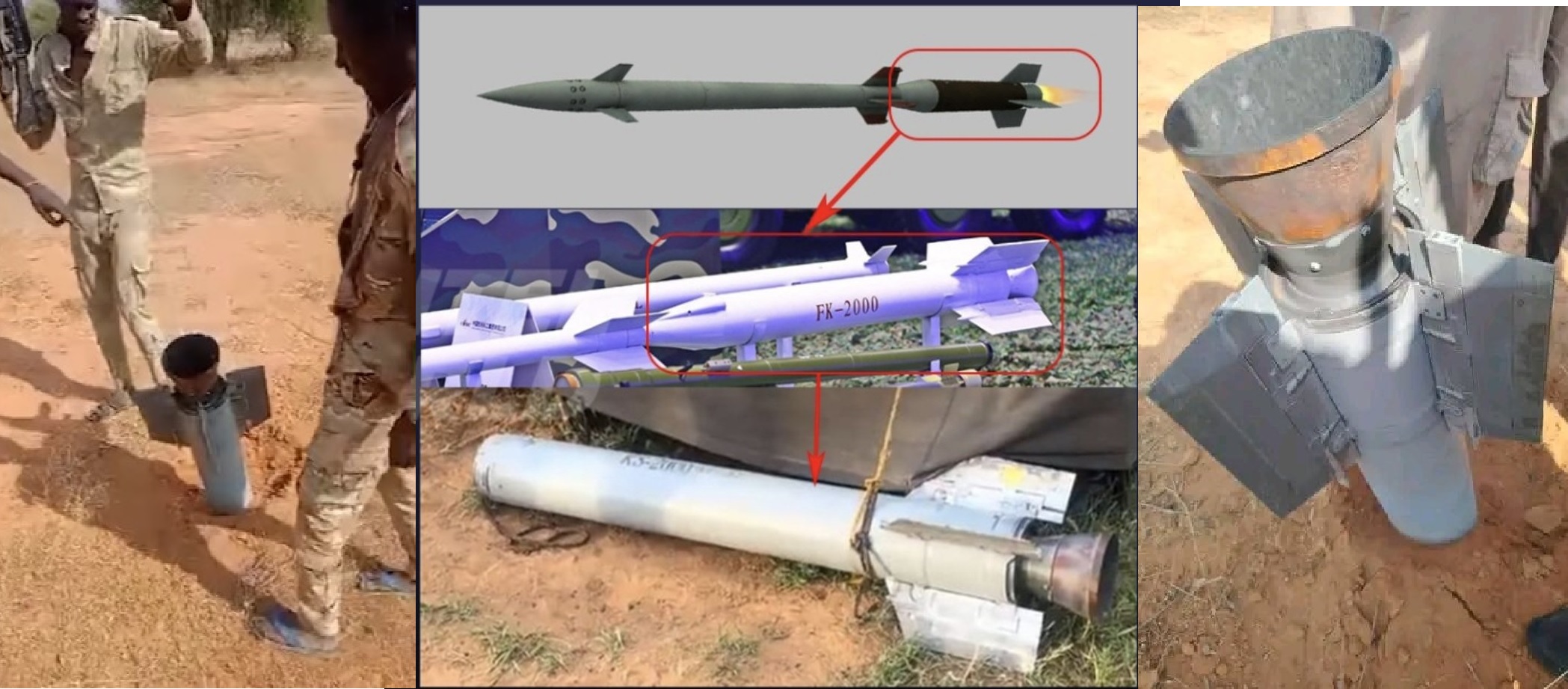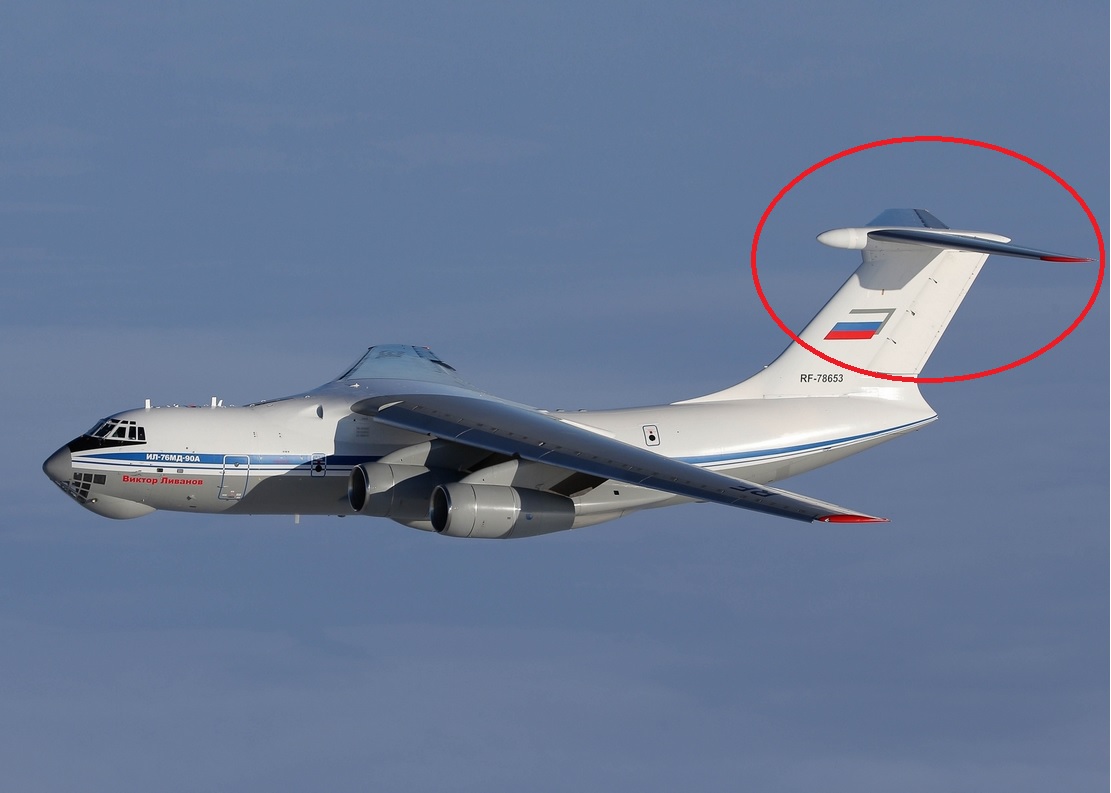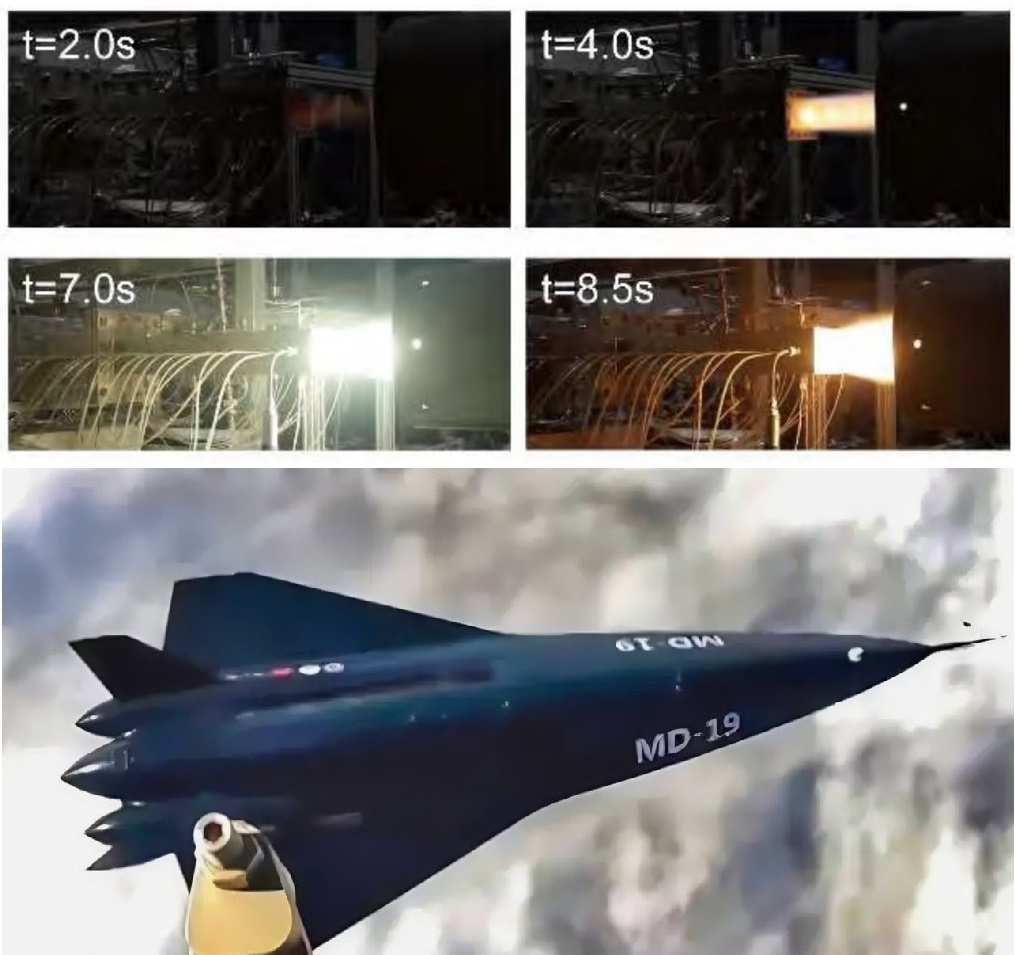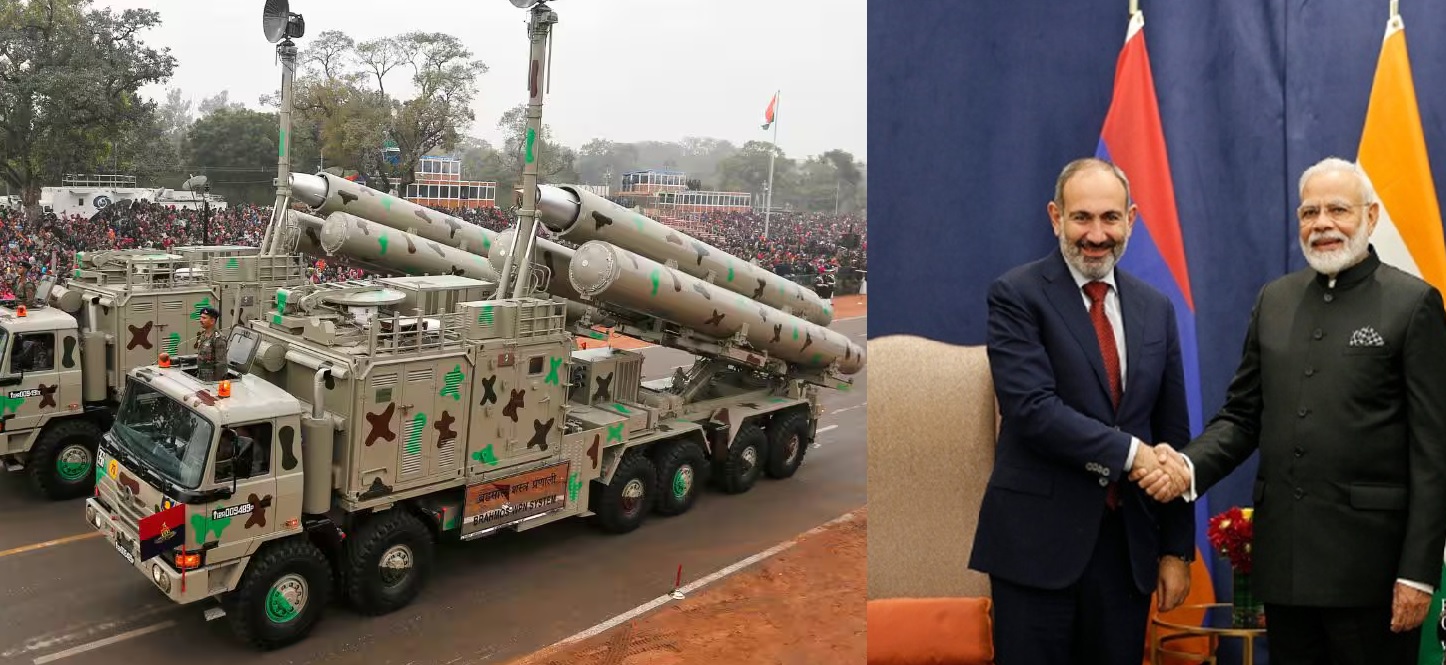Chinese FK-2000 Missile Debris Found at Babanusa Crash Site Points to Foreign Role in Sudan Conflict

Debris from a Chinese-made FK-2000 air-defense missile has been found near the wreckage of a downed military transport aircraft in Babanusa, West Kordofan, according to multiple defense analysts and open-source imagery. The discovery provides the clearest evidence yet that advanced Chinese weapons, allegedly supplied through foreign intermediaries, are now being used inside Sudan’s war.
FK-2000 Fragments Confirmed at the Site
Images from the crash site show twisted metal fragments, missile guidance circuitry, and rocket casing remnants identified by analysts as belonging to the FK-2000 short-range air-defense system, a weapon developed by the China Aerospace Science and Industry Corporation (CASIC).
The FK-2000 is a mobile, radar-guided air-defense system designed to counter low-flying aircraft, cruise missiles, and drones. Each vehicle carries 12 surface-to-air missiles and dual 30 mm cannons, giving it both missile and gun engagement options. The system can strike aerial targets at ranges up to 15 kilometers and altitudes of 10 kilometers.
“The FK-2000 is not a common system to find in African conflicts,” said one regional defense analyst. “Its appearance in Sudan indicates that a state-level actor helped supply or transfer it.”
Link to Earlier Missile Debris in Kordofan
This is the second documented appearance of FK-2000 debris in Sudan this year. In September 2025, identical missile fragments were discovered after another Sudanese military aircraft was downed in Kordofan, prompting an investigation into arms transfers across Sudan’s western border.
At that time, intelligence assessments and United Nations monitoring reports suggested that the United Arab Emirates (UAE) had supplied FK-2000 systems to the Rapid Support Forces (RSF) through Chad, using airfields in Amdjarass and Adré as transit points. The UAE denied direct involvement, while China refrained from comment.
The latest Babanusa discovery appears to reinforce those earlier findings, pointing to a pattern of advanced Chinese weapons reaching RSF forces through third-party channels.
Downed Aircraft and Missile Engagement
The FK-2000 debris was found near the remains of a Sudanese military cargo aircraft that was shot down earlier this week near Babanusa. Initially, the Sudanese Armed Forces (SAF) described the aircraft as an Antonov An-12, but video analysis by independent researchers later identified it as a four-engine Ilyushin Il-76, based on its distinctive T-shaped tail and engine configuration.
Witnesses reported seeing a missile trail followed by an explosion, suggesting a radar-guided surface-to-air missile strike. The RSF claimed responsibility for the attack, saying its “air-defense forces successfully intercepted an enemy aircraft conducting military resupply operations.”
Chinese System’s Role in Changing Battlefield Dynamics
The FK-2000’s presence in Sudan marks a major escalation in the country’s air-defense landscape. The system’s mobility and rapid engagement capability allow RSF units to establish temporary no-fly zones, preventing the Sudanese Air Force from safely conducting airlifts or bombing runs in western Sudan.
The FK-2000’s integrated radar makes it capable of detecting and locking onto large transports like the Il-76, even at medium altitude — a capability that simpler shoulder-fired MANPADS lack.
“This isn’t a black-market system that you can smuggle in pieces,” said a senior African defense researcher. “The FK-2000 is a complete radar-guided network that needs trained crews and logistical support. Its use shows deliberate external assistance.”
Foreign Routes and Regional Implications
Military analysts believe the FK-2000 systems reached Sudan through complex logistics networks running across Chad, supported by foreign funding and airlift operations from the Gulf region.
Several RSF weapons shipments documented this year match the scale and configuration of air-defense equipment, including missile canisters and radar components.
The involvement of such systems underscores how Sudan’s internal war has evolved into a regional proxy conflict, where foreign states and contractors channel advanced technology to local factions.
Silence from Beijing and Khartoum
China has not commented on the presence of FK-2000 components in Sudan, nor has it confirmed whether the systems were part of any sanctioned export. Sudanese officials have also declined to identify the weapon used in the Babanusa shoot-down, citing an ongoing investigation.
Meanwhile, defense observers note that the FK-2000 system’s reappearance within just two months suggests that RSF forces now possess at least one fully functional launcher, operated either by trained Sudanese personnel or by foreign advisers.
A Turning Point in the Conflict
The discovery of FK-2000 debris at Babanusa marks a turning point in Sudan’s conflict, revealing the use of state-grade Chinese technology in what began as an internal power struggle. With each new appearance of foreign weaponry, the war is moving further away from being a local confrontation — and closer to becoming a regional contest shaped by outside powers.
✍️ This article is written by the team of The Defense News.







